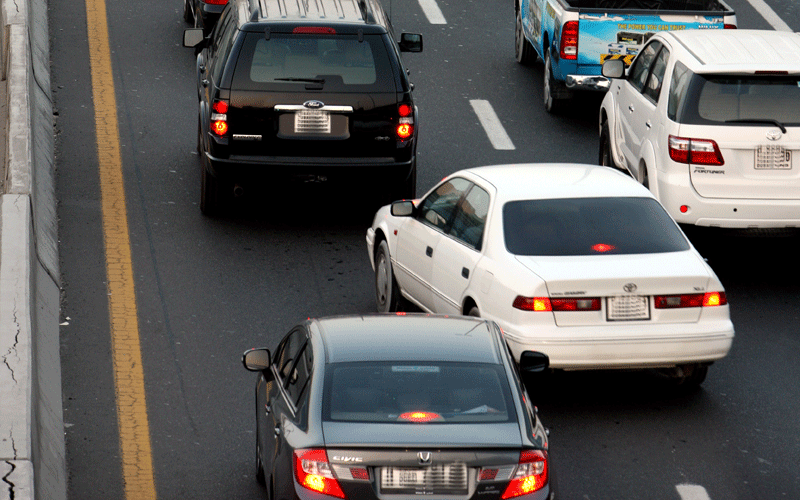
Lane departures were cited as a contributing factor in 63,776 crashes on North Carolina roads and highways during 2018. Errors by drivers that led to these collisions included illegal passing, driving left of center/crossing the center line, improper lane changes, running onto the shoulder or median, and going the wrong way.
Whatever the specific circumstances, lane departure crashes resulted in 754 deaths and 30,147 injuries during the last year for which the North Carolina Division of Motor Vehicles compiled complete statistics. This makes lane departure crashes the most-deadly type of wrecks, as well as the type of wreck most likely to inflict injuries.
It is worth noting that the DMV also categorizes crashes as involving alcohol, speed and distracted driving. Each of those negligent or reckless behaviors by drivers can lead to lane departures.
LEARN MORE
- Wrong-Way Drivers: Insights From a Personal Injury and Wrongful Death Attorney
- Causes of Fatal Tractor-Trailer Collisions in North Carolina
- Common Reasons Drivers Hit and Injure Motorcycle Riders
What Laws Say About Staying in One’s Own Lane
Every driver knows that North Carolina state laws and local ordinances prohibit wrong-way driving and restrict when and where vehicles can pass one another. For the record, section 20-154(a) of the General Statutes mandates that drivers use turn signals when passing and changing lanes. The statute further stipulates that a merging or passing driver “shall first see that such movement can be made in safety.”
That language is echoed in section 20-146 of the General Statutes, which dictates the circumstances in which drivers can pass and change lanes. Paragraph a of the statute says drivers must keep right except
- When overtaking and passing another vehicle proceeding in the same direction under the rules governing such movement; [and]
- When an obstruction exists making it necessary to drive to the left of the center of the highway; provided, any person so doing shall yield the right-of-way to all vehicles traveling in the proper direction upon the unobstructed portion of the highway within such distance as to constitute an immediate hazard.
Later, in paragraph d, the NCGS section 20-146 specifies that on divided highways with “two or more marked lanes for traffic,”
- A vehicle shall be driven as nearly as practicable entirely within a single lane and shall not be moved from such lane until the driver has first ascertained that such movement can be made with safety.
- Upon a street which is divided into three or more lanes and provides for the two-way movement of traffic, a vehicle shall not be driven in the center lane except when overtaking and passing another vehicle traveling in the same direction when such center lane is clear of traffic within a safe distance, or in the preparation for making a left turn or where such center lane is at the time allocated exclusively to traffic moving in the same direction that the vehicle is proceeding and such allocation is designated by official traffic-control device.
- Official traffic-control devices may be erected directing specified traffic to use a designated lane or designating those lanes to be used by traffic moving in a particular direction regardless of the center of the street and drivers of vehicles shall obey the direction of every such device.
- Official traffic-control devices may be installed prohibiting the changing of lanes on sections of streets, and drivers of vehicles shall obey the directions of every such device.
Holding Drivers Accountable for Improper Lane Changes
When a lane-changing accident occurs, the at-fault driver can be held liable for the crash and any injuries that were sustained. If you were injured in an accident caused by another driver’s negligence or recklessness, your North Carolina accident attorney will determine what the four elements of that negligence were in order to be successful in your accident claim. These elements are
- Duty: Did the driver owe a duty of care to drive responsibly?
- Breach: Did the driver fail to meet that duty in the way they were driving. For example, did the driver change lanes without signaling or checking their blind spots?
- Causation: Did the driver’s actions cause the crash? Did the victim sustain injuries? And were those injuries caused by the crash?
- Damages: Can the injuries sustained by the victim be documented with medical records and hospital bills?
It is not always easy to prove lane-changing accident liability. This is why it is important for you to contact a North Carolina car accident attorney to advocate for you in your car accident claim. Your attorney will use police reports, accident photos and witness statements to help build a case against the other driver.
EJL